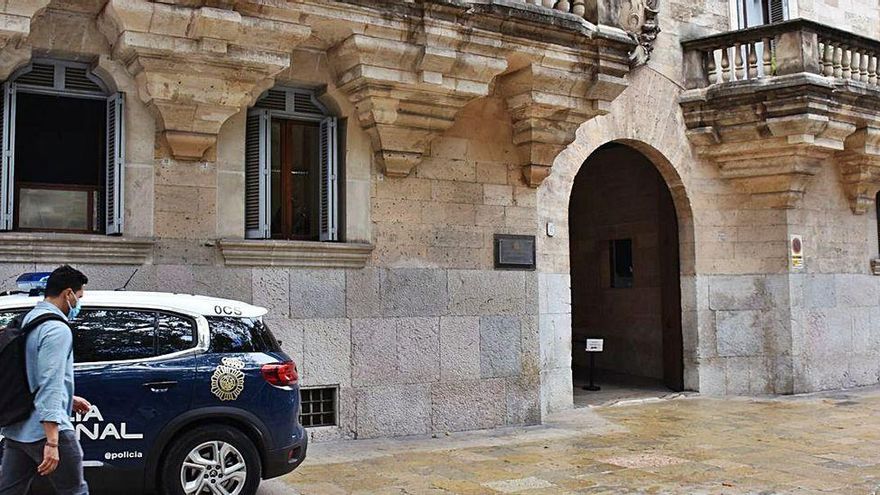More and more countries are coming home from a cold fair. If the loans are not repaid to China on time, the price is high. For example, Sri Lanka lost control of a port because it did not pay its debt on time.
The G7 recently came up with the Build back better-plan as an alternative to the Chinese Silk Road. The US, in particular, hopes with this plan to compete with the billions that China is pumping into developing countries. The EU is now also joining this battle with the Global Gateway plan.
Where does the money come from?
Not all the money comes from the EU budget. The Commission is investing ‘only’ 18 billion euros as a gift in the project. More than 145 billion comes from the development banks of the EU countries. About 135 billion must come from the private sector. To make it more interesting for companies to invest in countries such as Congo or Sri Lanka, the Commission will act as a guarantor.
Moreover, it is not all newly released money either. For example, previously promised billions to Balkan countries must be removed from the Global Gatewayjar to be picked up.
Moderately positive reactions
The response from the European Parliament has been overwhelmingly positive. “Development aid has been given for a long time, but no investments have been made that serve our interests. We live in a world where we have to think more strategically,” said CDA MEP Tom Berendsen.
Thijs Reuten (PvdA) is pleased that it is not only the EU that benefits. “I am moderately enthusiastic that an integrated strategy has been created that is good for Europe but also for countries outside the EU.”
Still, both MEPs question the plan. It is unlikely that the plan will have much impact, Berendsen and Reuten believe, if the amount is divided over too many different projects. It will become clear in the coming months how the money from the Global Gateway plan will be spent.
–


